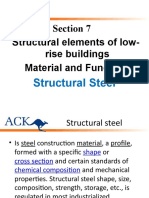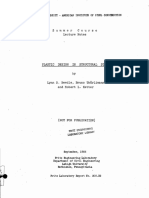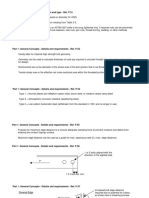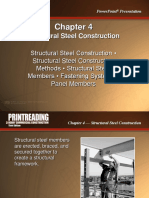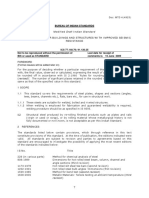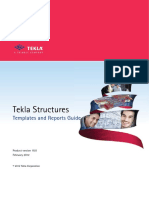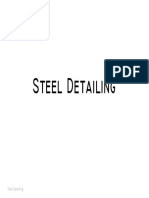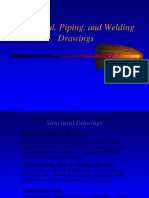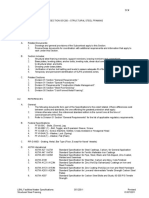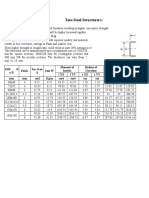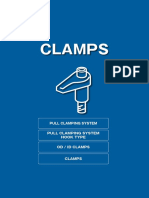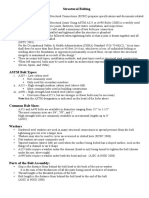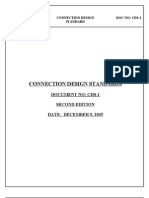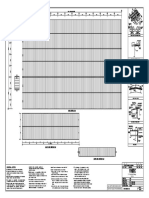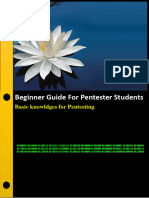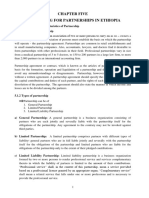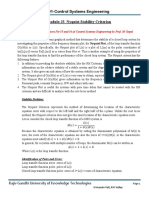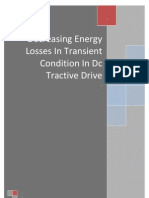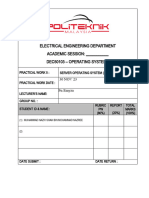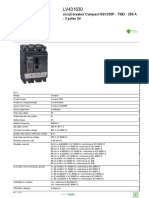0% found this document useful (0 votes)
60 views4 pagesFew For Interview
The document outlines technical terms and specifications related to structural steel, including differences between ASD and LRFD, bolt types, and welding methods. It explains various criteria for high strength bolts, safety line holes, and prequalified welded joints. Additionally, it covers definitions of terms like AESS, intumescent paint, and the differences between camber and sweep in metal bending.
Uploaded by
yogesh shivram pandeCopyright
© © All Rights Reserved
We take content rights seriously. If you suspect this is your content, claim it here.
Available Formats
Download as DOCX, PDF, TXT or read online on Scribd
0% found this document useful (0 votes)
60 views4 pagesFew For Interview
The document outlines technical terms and specifications related to structural steel, including differences between ASD and LRFD, bolt types, and welding methods. It explains various criteria for high strength bolts, safety line holes, and prequalified welded joints. Additionally, it covers definitions of terms like AESS, intumescent paint, and the differences between camber and sweep in metal bending.
Uploaded by
yogesh shivram pandeCopyright
© © All Rights Reserved
We take content rights seriously. If you suspect this is your content, claim it here.
Available Formats
Download as DOCX, PDF, TXT or read online on Scribd
/ 4










